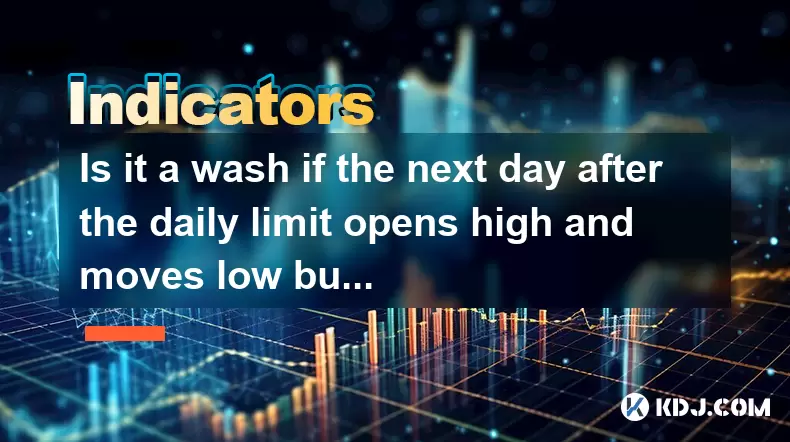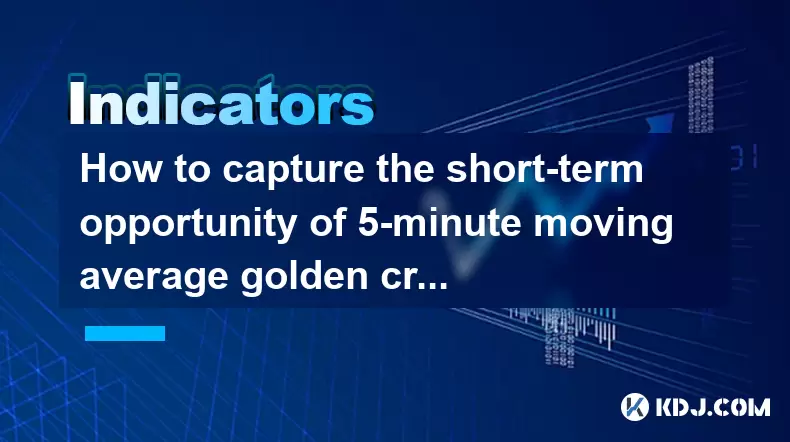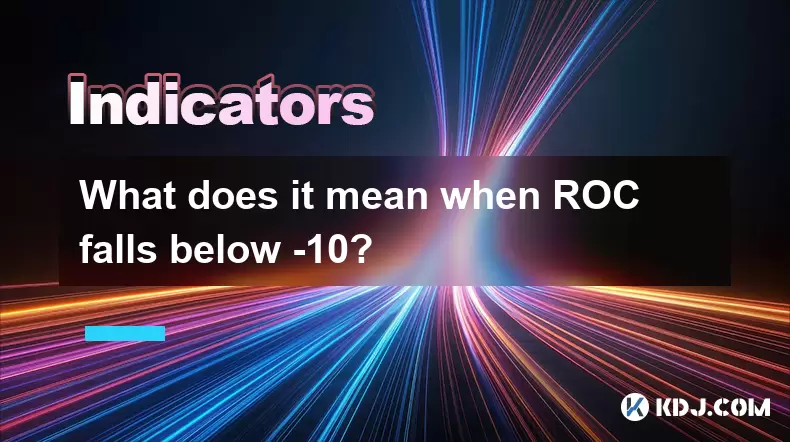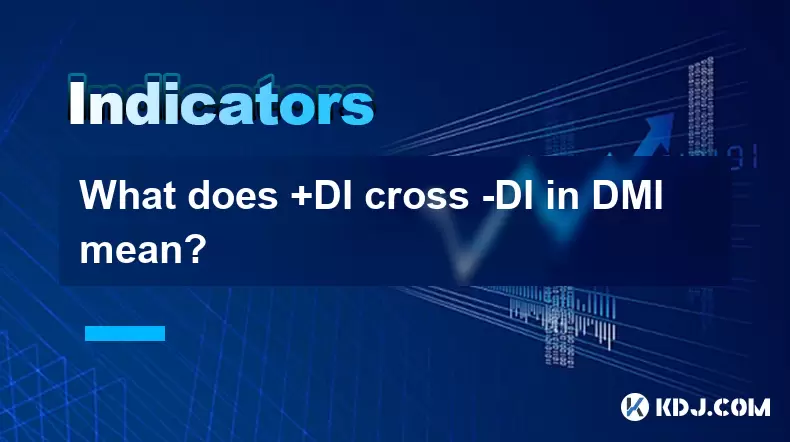-
 Bitcoin
Bitcoin $118900
1.66% -
 Ethereum
Ethereum $3735
1.35% -
 XRP
XRP $3.506
0.71% -
 Tether USDt
Tether USDt $1.000
-0.01% -
 BNB
BNB $799.4
5.78% -
 Solana
Solana $202.0
1.87% -
 USDC
USDC $0.9999
0.00% -
 Dogecoin
Dogecoin $0.2661
1.89% -
 Cardano
Cardano $0.8877
1.59% -
 TRON
TRON $0.3173
2.45% -
 Hyperliquid
Hyperliquid $45.00
2.59% -
 Stellar
Stellar $0.4723
3.40% -
 Sui
Sui $3.970
1.32% -
 Chainlink
Chainlink $19.67
1.94% -
 Hedera
Hedera $0.2710
1.99% -
 Avalanche
Avalanche $25.74
-0.01% -
 Bitcoin Cash
Bitcoin Cash $528.1
1.98% -
 Litecoin
Litecoin $120.1
3.57% -
 Shiba Inu
Shiba Inu $0.00001525
1.26% -
 UNUS SED LEO
UNUS SED LEO $8.989
-0.01% -
 Toncoin
Toncoin $3.304
1.74% -
 Polkadot
Polkadot $4.531
3.38% -
 Uniswap
Uniswap $10.74
2.51% -
 Ethena USDe
Ethena USDe $1.001
0.00% -
 Monero
Monero $325.5
2.44% -
 Pepe
Pepe $0.00001413
1.31% -
 Bitget Token
Bitget Token $4.860
0.85% -
 Dai
Dai $0.9999
0.01% -
 Aave
Aave $307.3
-2.07% -
 Bittensor
Bittensor $448.8
2.91%
Is it a wash if the next day after the daily limit opens high and moves low but the volume shrinks?
A "wash" in crypto trading describes deceptive price moves with weak volume, like a high open followed by a low close, signaling lack of real trader interest.
Jun 29, 2025 at 01:07 pm

Understanding the Concept of a "Wash" in Cryptocurrency Trading
In the context of cryptocurrency trading, the term wash refers to a market condition where price movements appear significant but are not accompanied by strong volume or real trader interest. This often results in deceptive patterns that may look like breakouts or breakdowns but ultimately lead nowhere. When traders talk about whether a particular price action is a wash, they're typically questioning if the movement is genuine or just noise.
A key characteristic of a wash is the lack of follow-through after an initial move. In many cases, prices may rise sharply or fall quickly only to reverse without any substantial change in fundamentals or sentiment. The focus here lies on whether the next day’s open high followed by a low move with shrinking volume qualifies as such a pattern.
Decoding the Price Action: Open High, Move Low
The scenario described involves a situation where the market opens at a higher level than the previous close, suggesting bullish momentum. However, shortly after the open, the price begins to decline and continues moving lower throughout the session. This reversal can be misleading for traders who entered long positions based on the early strength.
Such behavior often indicates that the initial buying pressure was not sustainable. If this occurs in a sideways or bearish trend, it could signal a trap set for optimistic traders. It's important to note that these moves can occur frequently in crypto markets due to their volatility and relatively thin order books compared to traditional financial instruments.
Volume Analysis: Shrinking Participation
When volume shrinks during a downward move following a high open, it suggests that fewer participants are actively selling or participating in the decline. Low volume during a price drop implies that the selling pressure isn’t strong enough to indicate a major shift in sentiment. This is especially relevant in crypto, where whales and bots can manipulate short-term price action through strategic trades.
- Check the average daily volume of the asset over the past week
- Compare the current session's volume against that average
- Determine if the volume drop is unusually low or within normal range
If the volume is significantly lower than usual, it supports the idea that the price movement lacks conviction and may be considered a wash.
Identifying Wash Patterns in Chart Formations
Technical analysis plays a crucial role in identifying potential wash scenarios. Candlestick patterns such as bearish engulfing, shooting star, or inverted hammer may form during sessions where the price opens high and then collapses. These patterns become more meaningful when combined with volume data.
Look for these indicators:
- A large wick on the candle showing rejection of higher prices
- A close near the session low despite a high open
- Decreased volume compared to prior candles
In crypto charts, especially on timeframes like 1-hour or 4-hour, these patterns can help confirm whether the price action should be treated as a wash or a valid reversal.
How Institutional Behavior Influences Wash Conditions
Institutional investors and algorithmic traders play a dominant role in shaping short-term price movements in the crypto space. Their strategies often involve creating artificial moves to trigger stop-losses or entice retail participation before reversing direction. This manipulation makes it harder to distinguish between real trends and wash-like conditions.
- Watch for sudden spikes in price followed by rapid retracements
- Analyze order book depth for signs of spoofing or wash trading
- Use tools like on-chain analytics to detect abnormal whale activity
Understanding how institutional players operate helps contextualize whether a high-open-low-close session with shrinking volume is part of a larger strategy or simply a temporary imbalance.
Frequently Asked Questions (FAQ)
What does shrinking volume imply in a downtrend?
Shrinking volume during a downtrend typically suggests that sellers are losing steam and there isn't strong conviction behind the decline. In crypto, this might mean the price dip is temporary and lacks broad support from major players.
Can a wash pattern be used as a trading signal?
Yes, experienced traders sometimes use wash patterns to anticipate reversals or false breakouts. However, it requires confirmation from other technical indicators and should not be used in isolation.
Is it possible for a wash to turn into a real trend?
While rare, a wash can evolve into a real trend if subsequent sessions show increased volume and sustained directional movement. Traders must monitor follow-through to avoid being misled by initial signals.
How do I differentiate between a wash and a true breakout?
True breakouts are usually supported by rising volume, strong closes above key levels, and positive momentum indicators. Washes often fail to maintain momentum and exhibit weak participation across multiple timeframes.
Disclaimer:info@kdj.com
The information provided is not trading advice. kdj.com does not assume any responsibility for any investments made based on the information provided in this article. Cryptocurrencies are highly volatile and it is highly recommended that you invest with caution after thorough research!
If you believe that the content used on this website infringes your copyright, please contact us immediately (info@kdj.com) and we will delete it promptly.
- Sui Price, Open Interest, and the $4 Breakout: Will SUI Surge?
- 2025-07-23 22:50:13
- BlockDAG, XRP, and DOT: Riding the Crypto Wave Like a Wall Street Pro
- 2025-07-23 23:10:13
- NFT Penguins Rally: PENGU's Rise and the CryptoBatz Bounce
- 2025-07-23 23:10:13
- Dogecoin's Future: Will the Meme Dream Live On?
- 2025-07-23 22:30:13
- Mara's Bitcoin Bet: Debt, Mining, and Shadow Banking?
- 2025-07-23 22:30:13
- Rick Harrison, Gold Coins, and Pawn Stars: A Deep Dive into the World of High-Stakes Haggling
- 2025-07-23 23:15:12
Related knowledge

How to capture the short-term opportunity of 5-minute moving average golden cross + 1-minute MACD bar line volume?
Jul 23,2025 at 10:29pm
Understanding the 5-Minute Moving Average Golden CrossThe 5-minute moving average golden cross occurs when a short-term moving average, typically the ...

What does it mean when ROC falls below -10?
Jul 23,2025 at 09:29pm
Understanding the Rate of Change (ROC) Indicator in Cryptocurrency TradingThe Rate of Change (ROC) indicator is a momentum oscillator used widely in t...

What does +DI cross -DI in DMI mean?
Jul 23,2025 at 09:49pm
Understanding the DMI Indicator ComponentsThe Directional Movement Index (DMI) is a technical analysis tool developed by J. Welles Wilder to assess th...

Advanced RSI strategies for crypto
Jul 13,2025 at 11:01am
Understanding the Basics of RSI in Cryptocurrency TradingThe Relative Strength Index (RSI) is a momentum oscillator used to measure the speed and chan...

Crypto RSI for day trading
Jul 12,2025 at 11:14am
Understanding RSI in the Context of Cryptocurrency TradingThe Relative Strength Index (RSI) is a momentum oscillator used to measure the speed and cha...

Crypto RSI for scalping
Jul 12,2025 at 11:00pm
Understanding RSI in the Context of Crypto TradingThe Relative Strength Index (RSI) is a momentum oscillator widely used by traders to measure the spe...

How to capture the short-term opportunity of 5-minute moving average golden cross + 1-minute MACD bar line volume?
Jul 23,2025 at 10:29pm
Understanding the 5-Minute Moving Average Golden CrossThe 5-minute moving average golden cross occurs when a short-term moving average, typically the ...

What does it mean when ROC falls below -10?
Jul 23,2025 at 09:29pm
Understanding the Rate of Change (ROC) Indicator in Cryptocurrency TradingThe Rate of Change (ROC) indicator is a momentum oscillator used widely in t...

What does +DI cross -DI in DMI mean?
Jul 23,2025 at 09:49pm
Understanding the DMI Indicator ComponentsThe Directional Movement Index (DMI) is a technical analysis tool developed by J. Welles Wilder to assess th...

Advanced RSI strategies for crypto
Jul 13,2025 at 11:01am
Understanding the Basics of RSI in Cryptocurrency TradingThe Relative Strength Index (RSI) is a momentum oscillator used to measure the speed and chan...

Crypto RSI for day trading
Jul 12,2025 at 11:14am
Understanding RSI in the Context of Cryptocurrency TradingThe Relative Strength Index (RSI) is a momentum oscillator used to measure the speed and cha...

Crypto RSI for scalping
Jul 12,2025 at 11:00pm
Understanding RSI in the Context of Crypto TradingThe Relative Strength Index (RSI) is a momentum oscillator widely used by traders to measure the spe...
See all articles

























































































